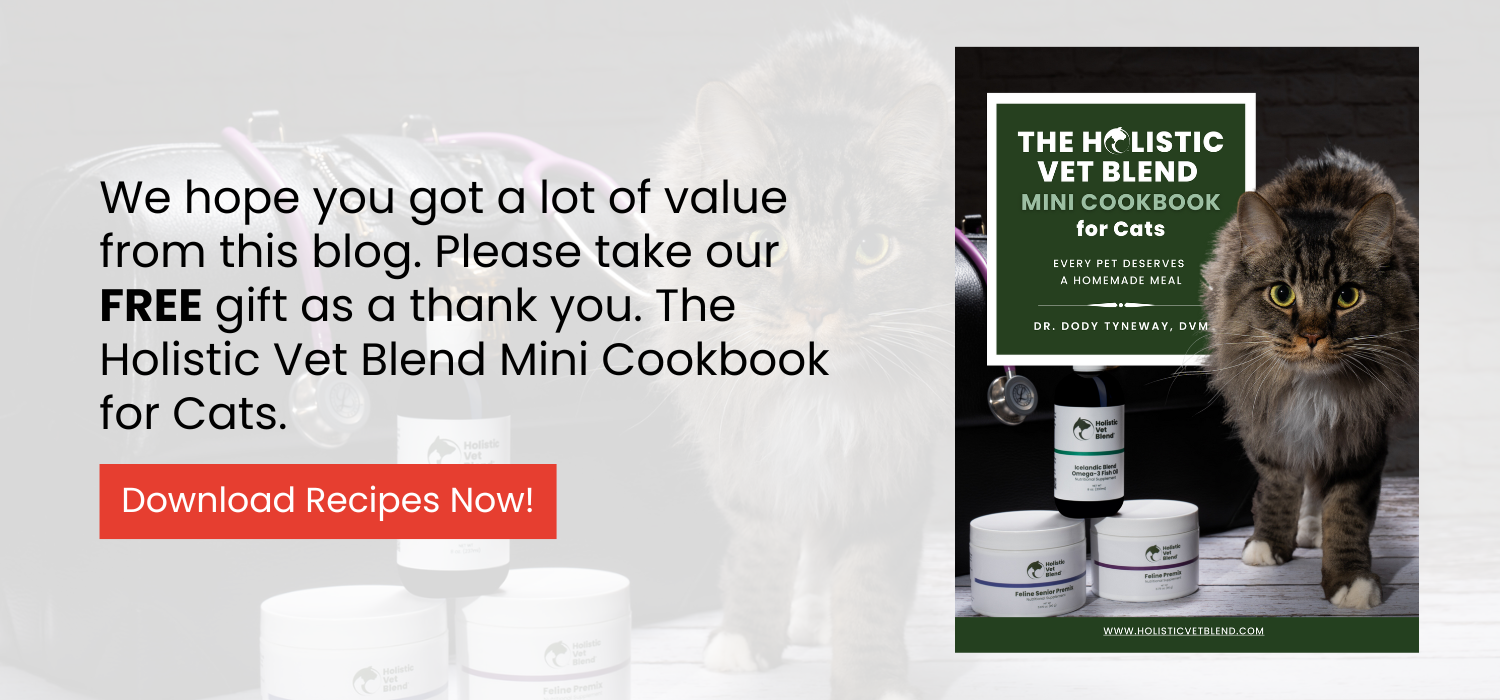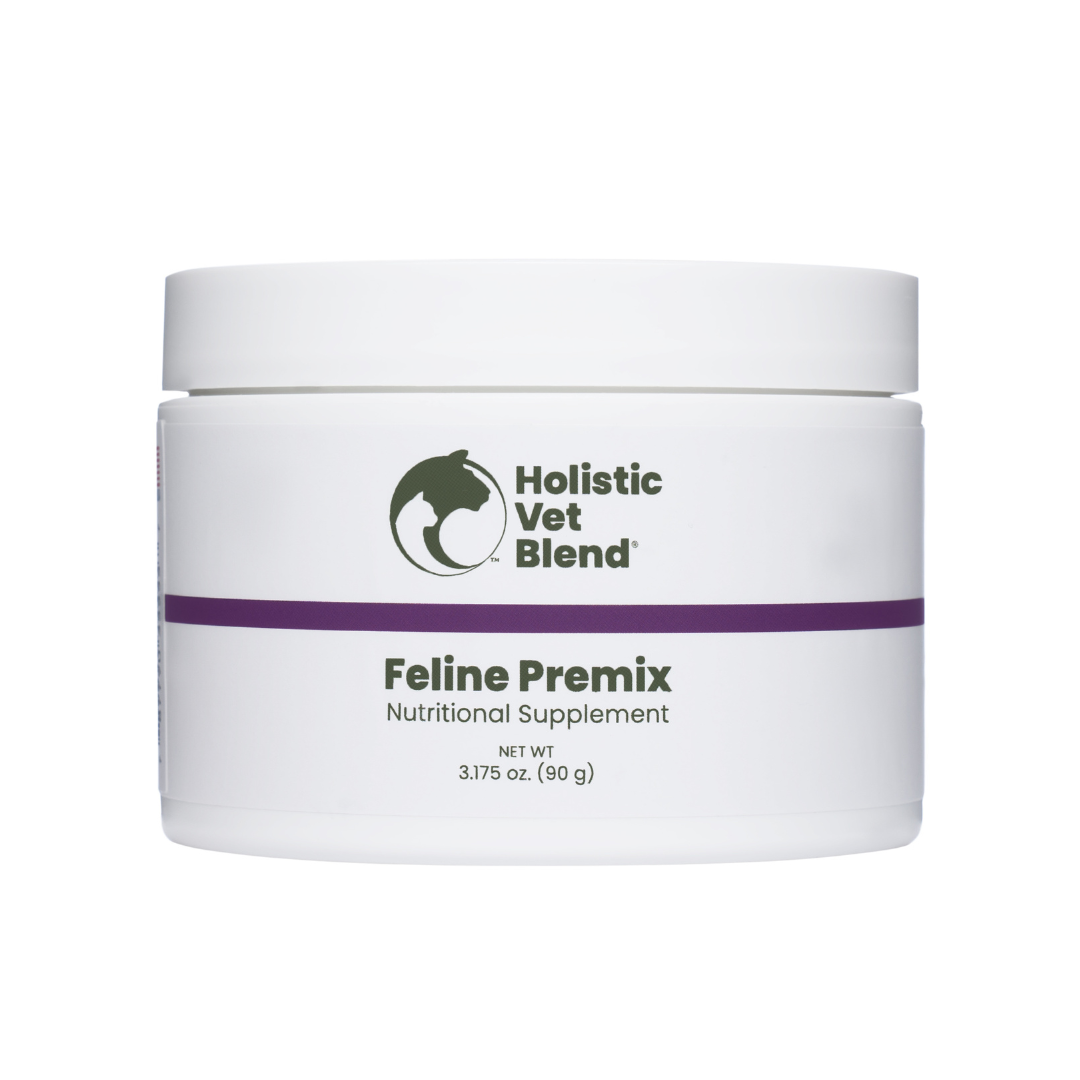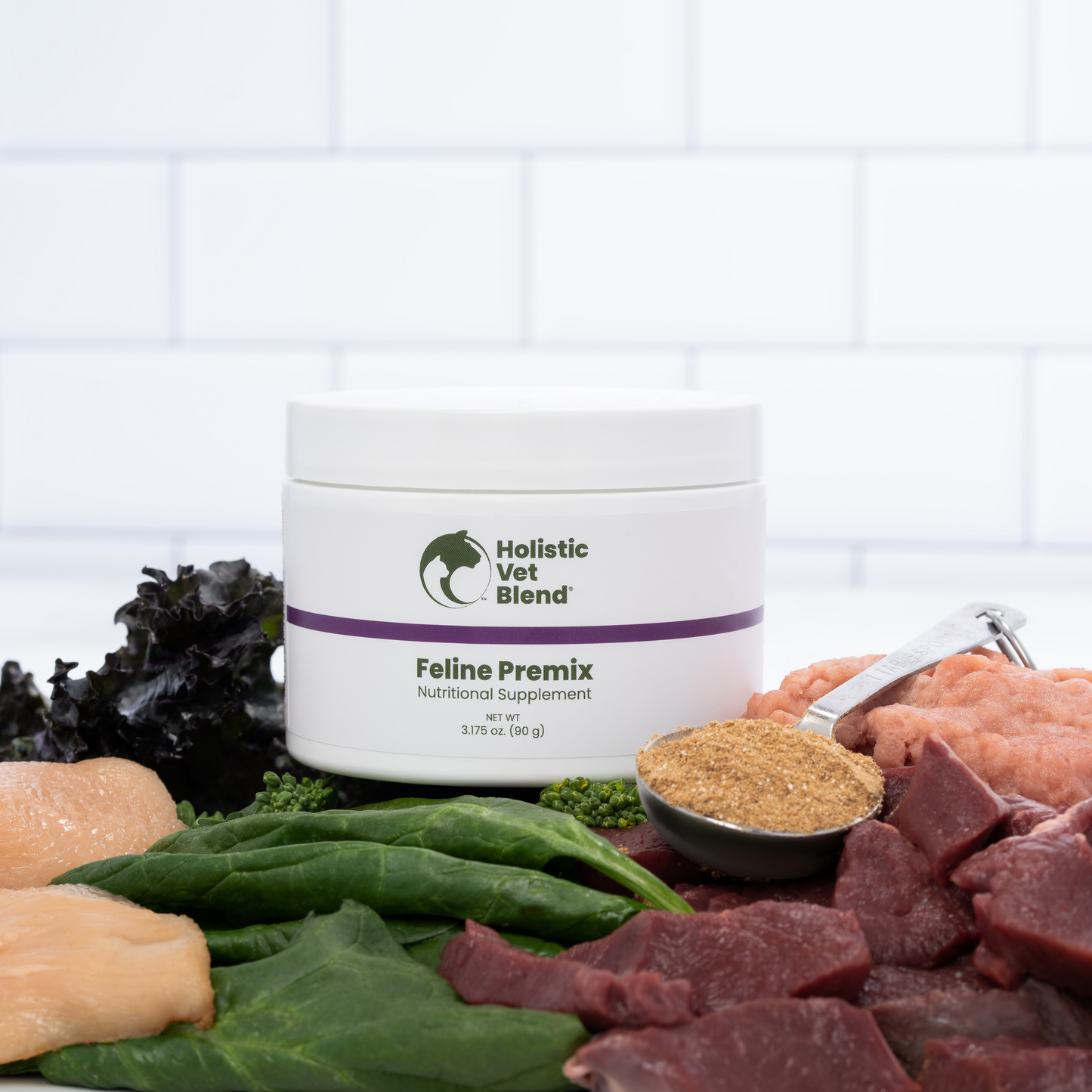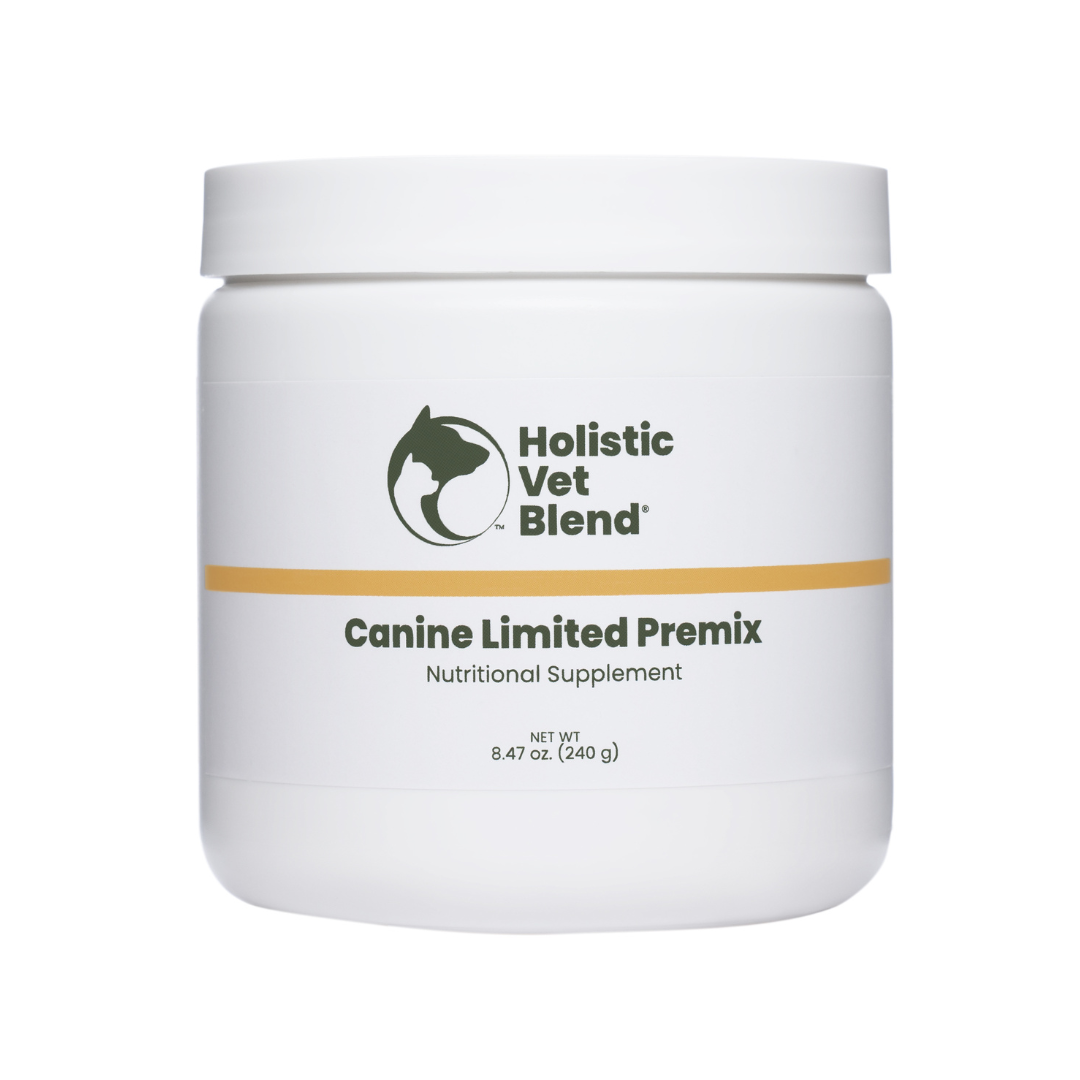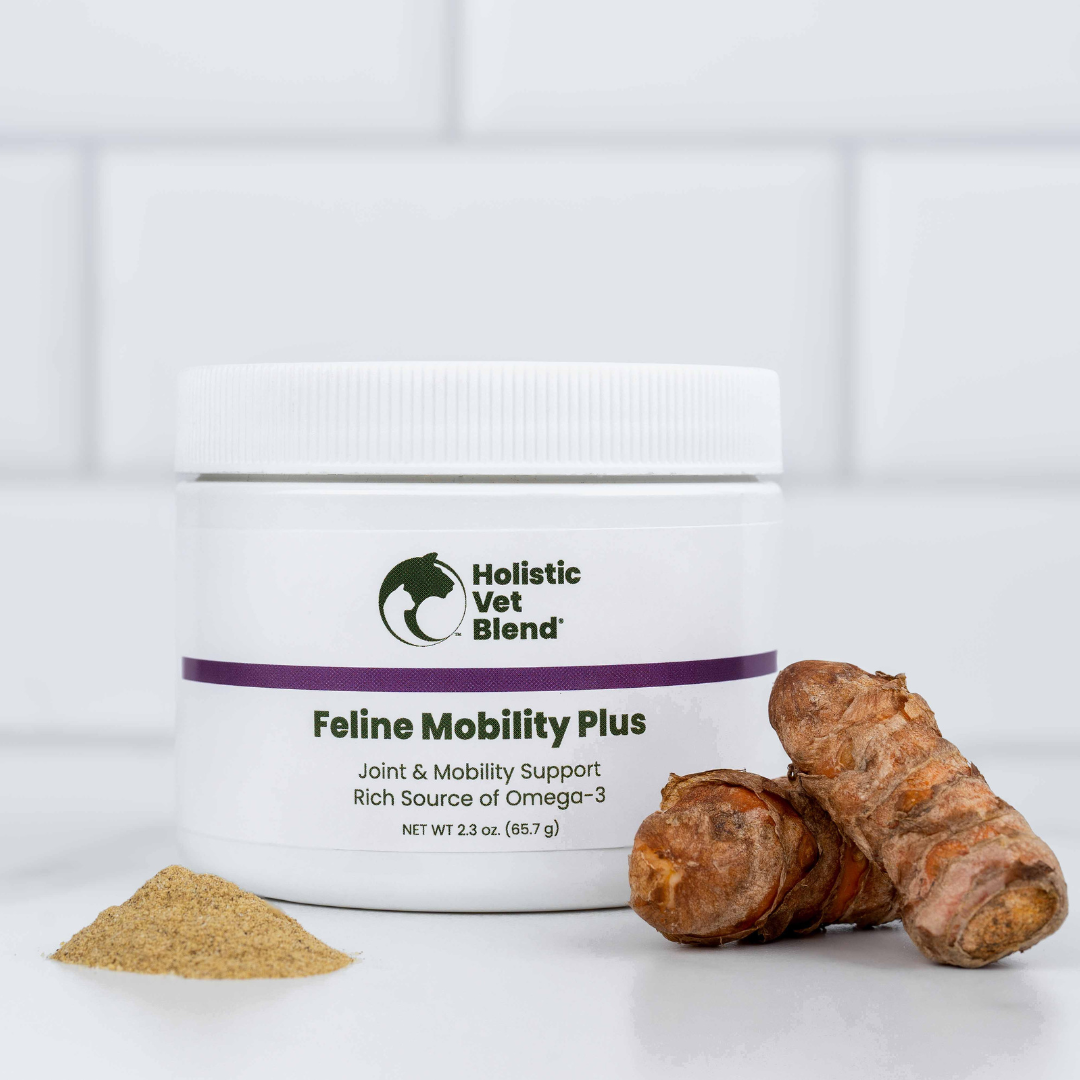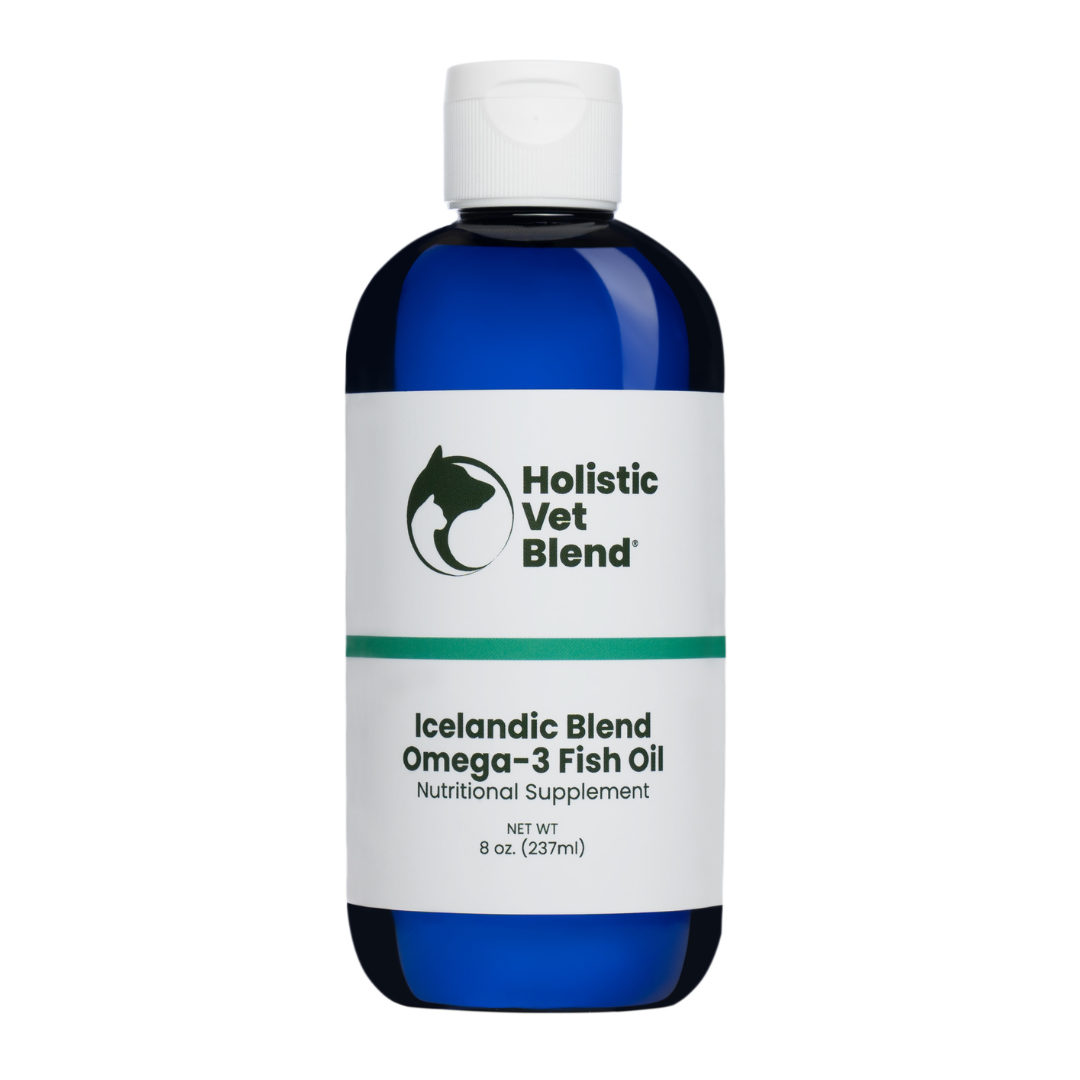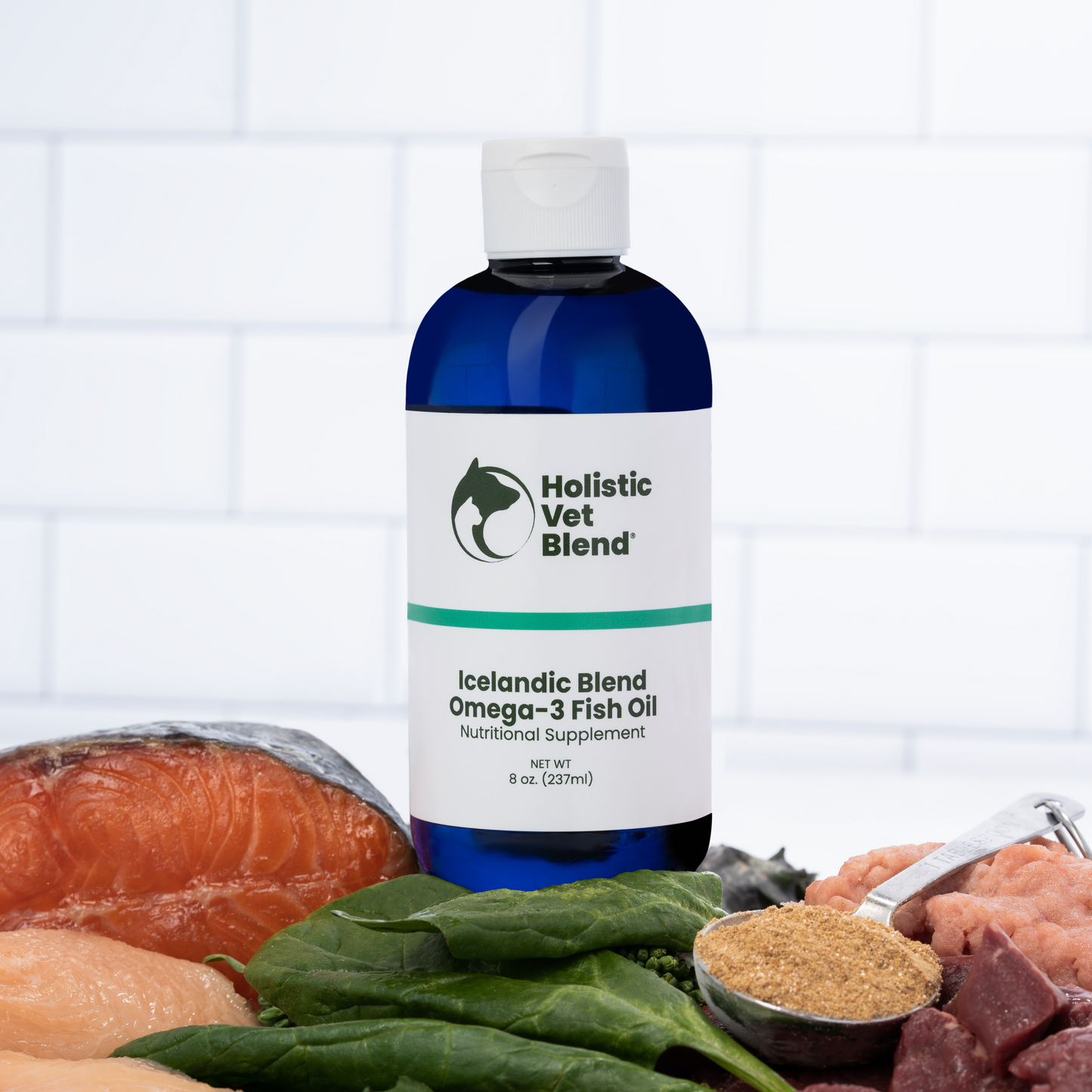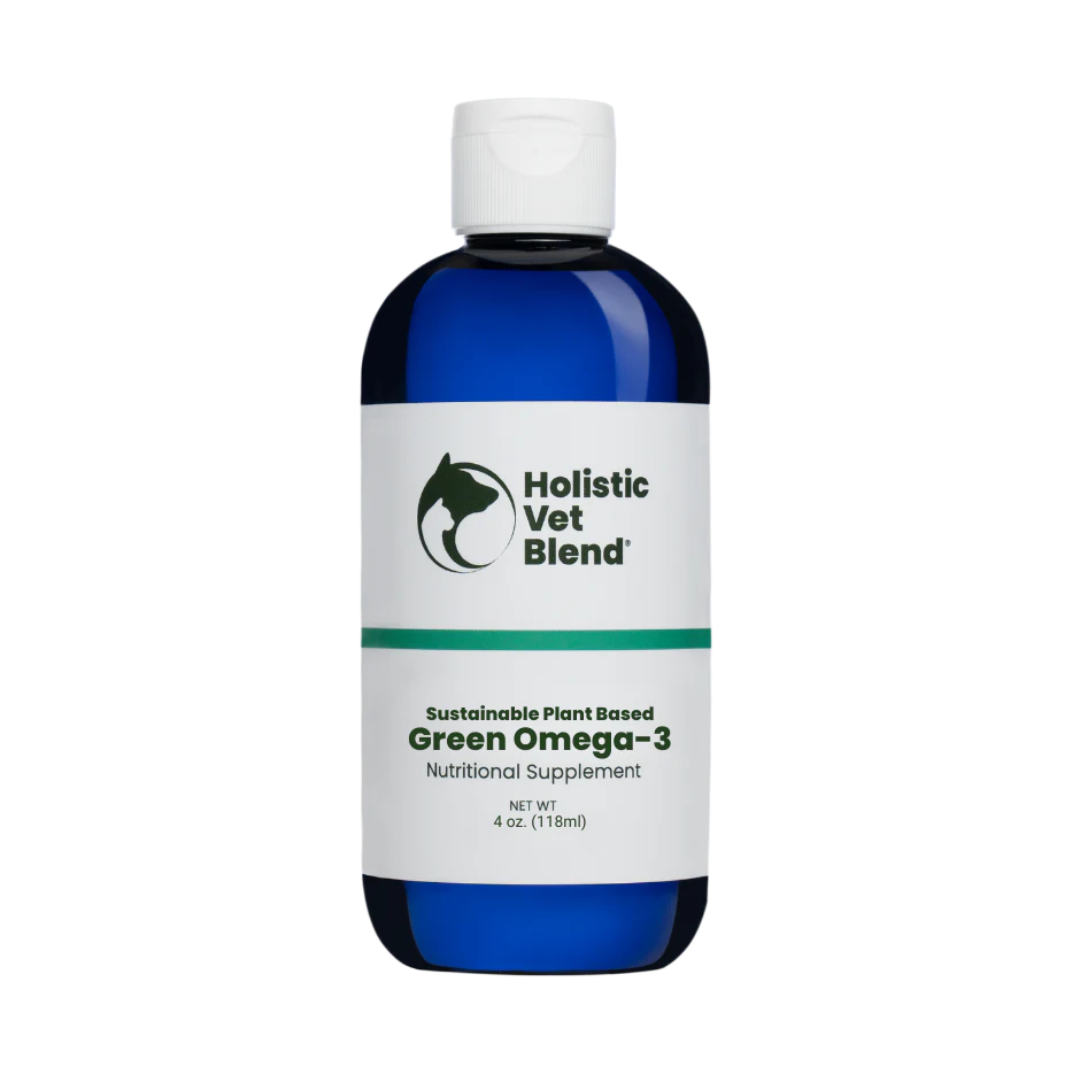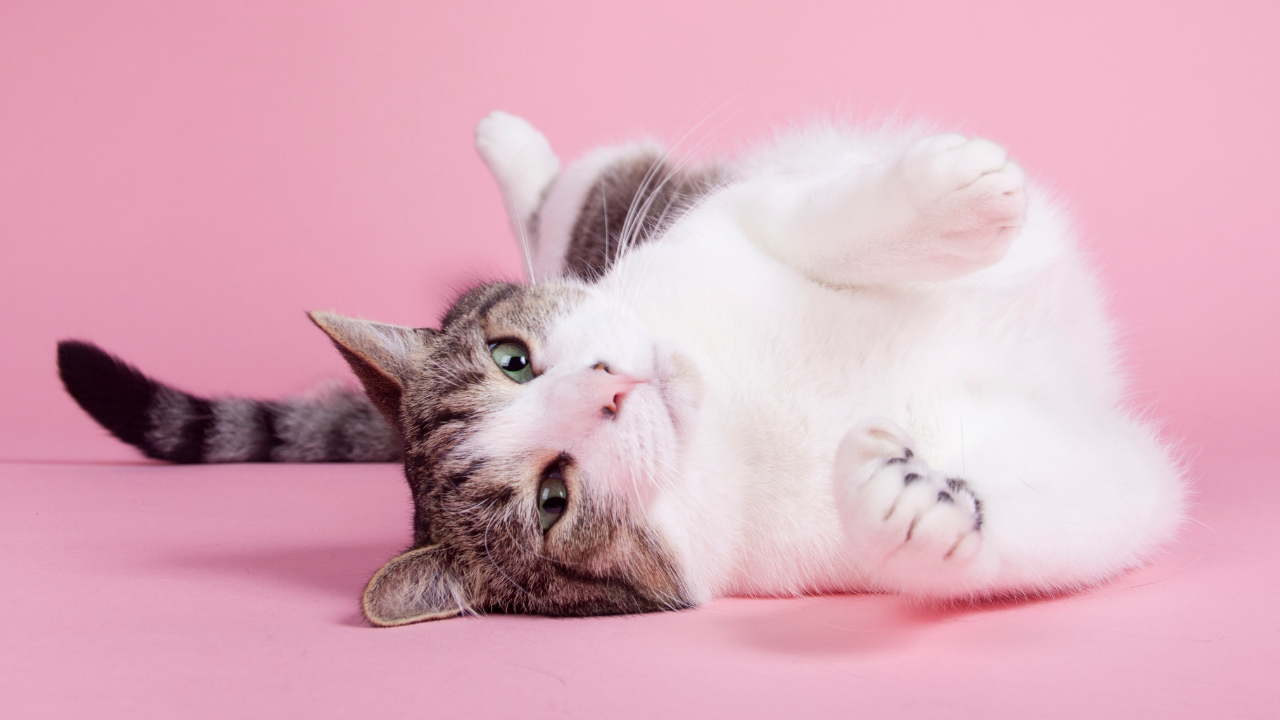
Key Highlights
As a holistic veterinarian dedicated to the well-being of our feline companions, it is my utmost priority to shed light on a pressing issue that often goes unnoticed - arthritis in cats. While many assume arthritis is primarily a concern for dogs, the reality is far different. Veterinary researchers estimate that a staggering 45% of all cats, and a whopping 90% of cats over the age of 10, are affected by arthritis in some form. Despite these alarming statistics, most cats receive no relief for their symptoms, silently suffering without the help they desperately need.
In this blog post, we will delve into the world of feline arthritis, exploring the common signs and symptoms, holistic treatment approaches, lifestyle modifications, and proactive measures that can significantly improve the quality of life for our beloved feline friends. Join me on this journey as we uncover the hidden epidemic of arthritis in cats and learn how we can make a difference in the lives of these silent sufferers.
Introduction

Spotting arthritis in the feline population is trickier than in other pets. This might be because they are good at hiding when they're hurting. More often than not, they stop doing things like jumping and sleeping more, and these signs are often attributed to aging and not pain. Typically, dogs will limp and be taken to the vet. Cats notoriously slink around the exam room or hide in their box at the vet, making it difficult for even the best diagnostician to detect their pain.
Degenerative joint disease, or arthritis, brings chronic pain and discomfort to our feline friends, messing with their quality of life. It's crucial for those who have cats to recognize the signs of arthritis and know how to make things better for them if they have this condition. In this blog post, we'll cover what symptoms you should look out for, natural ways to help ease their pain, why keeping an eye on diet and weight management matters so much, different therapies that work together with traditional treatments, and when medication might be necessary.
Understanding Osteoarthritis of OA in Cats
Osteoarthritis (OA), also known as degenerative joint disease (DJD), happens when the cartilage that helps joints move smoothly wears down. This causes inflammation and pain, leading to more damage in the affected areas over time. In cats, arthritis can come independently without an apparent reason or follow an injury or other joint problems.
Genetic predisposition, injuries, and being overweight can make it more likely.
The Shocking Prevalence of Arthritis in Cats
Recent studies have shown that arthritis, as evidenced by degenerative joint disease on X-rays, affects 60% of all cats and a staggering 90% of cats over 12 years old. Arthritis is more common and severe in older cats, with the shoulders, hips, elbows, knees, and ankles being the most commonly affected joints. The impact of arthritis on seniors can be significant, causing reduced mobility, difficulty in using the litter box, and changes in behavior and temperament.
Recognizing Symptoms: What to Watch For
Cats are pretty good at keeping it a secret when they're hurting, which makes spotting arthritis in them tricky. Here are some signs to look out for:
- Jumping less, reluctance to jump, less counter surfing may be interpreted as obedience when the fact is they cannot do it anymore
- Difficulty getting in and out of the litter box
- Slower on stairs or avoiding them
- Stiffness, slow movement when getting up from resting
- More sleeping, lying around
- Less grooming, mats over their back
- Irritability
- Lack of engagement with the family
- Less play
- Loss of appetite in severe cases
Arthritis Care Well Accepted by Felines
There are many natural ways to deal with arthritis. These methods involve lessening inflammation, improving mobility, and easing pain. Joint health supplements packed with critical fatty acids and glycosaminoglycans can help keep their cartilage and joint fluid healthy.
Ingredients like green-lipped mussels and omega-3 fatty acids have been pretty good at fighting off joint inflammation too, giving some much-needed comfort to cats struggling with arthritis. On top of that, using acupuncture and cold laser therapy has shown success in helping these furry friends move better without so much pain.
Joint Health Supplements and Their Benefits
One foundational approach to treating arthritis is incorporating a joint health supplement into their daily routine. Look for a supplement that contains key ingredients such as green-lipped mussel, chondroitin, glucosamine, and MSM. These ingredients support joint health, reduce inflammation, and promote cartilage repair. By providing your cat with a high-quality joint health supplement, you can help them manage their arthritis symptoms and improve their quality of life in a natural and effective way.
There is really no downside to trying a joint health supplement for your cat. They can really, with virtually no side effects.
Omega-3 Fatty Aids
Omega-3 fatty acids have numerous health benefits, including promoting joint health. These essential fatty acids have anti-inflammatory properties that can help reduce joint inflammation and stiffness, making them particularly beneficial for joint issues.
Sources of Omega-3 fatty acids include:
- Fish oil: use clean-sourced fish that is not farm-raised, such as mackerel, anchovy, and sardines
- Algae oil: a clean, ocean-friendly source of Omega-3's that is free of the toxins often found in fish oil
- Green-lipped mussels are a good source of Omega-3 fatty acids and also provide precursors for healthy cartilage and joint health.
- Flax and other plant oils are poor sources of Omega-3's for cats as they cannot convert them to useable forms.
Green Lipped Mussels
Green-lipped mussels, also known as Perna canaliculus, offer many health benefits. These unique shellfish are a rich source of Omega-3 fatty acids, which have anti-inflammatory properties that can help reduce joint pain and inflammation. Green-lipped mussels also contain chondroitin and glucosamine, natural compounds that support joint health by promoting cartilage repair and reducing friction between joints. They are packed with vitamins, minerals, and antioxidants that contribute to overall well-being and immune system support. Due to their nutrient-rich profile, green-lipped mussels are often used to help manage arthritis and improve joint function in both humans and animals.
Herbal Medicines That Do Not Cause Sedation or Affect Kidney or Liver Function
Turmeric is often referred to as nature's anti-inflammatory. Here is a recipe for Golden Paste that you can make that contains turmeric.

Holistic Vet Blend's Feline Mobility Plus has added Turmeric and Boswellia, herbs that have been shown to provide natural pain relief.
CBD is being increasingly used for just about everything in pets. CBD is the THC-free component of the cannabinoid family and does not cause the psychoactive signs that THC does. More is being learned about its use in cats every day. However, there are limited studies on safety and efficacy. One study showed that cats did not absorb it as well as dogs and that one of the cats in the small group of 8 developed elevated liver enzymes for an unknown reason. The study was limited in size and only followed the cats for 84 days (1). Another study that was conducted for six months at 4 mg/kg in healthy cats showed that 3 cats developed inflammation of the liver and gall bladder. Was the dose too high? Would they have developed liver abnormalities if they were not given CBD?
Cats are not dogs and though dogs seem to tolerate it quite well, I don't think I would choose to use this unless my cat had epilepsy or another disease that the benefits may outweigh the risks. Unfortunately, cats do no care for the taste of CBD oils, and it's the rare cat that will tolerate the dose required to actually have efficacy for treating pain.
Homeopathics
Homeopathic remedies such as Traumeel can be helpful and somewhat well-accepted. Read more about homeopathic remedies here: link to homeopathic remedy blog post
The Role of Diet and Weight Management in Arthritis Care
When it comes to looking after cats with arthritis, what they eat and keeping them at a good weight is super important. Being overweight makes arthritis worse because it puts extra pressure on their joints. By making sure your cat doesn't eat too much and gets the right kind of food, you can help ease their joint pain. Foods that are high in special fats called omega-3 fatty acids are great for reducing swelling and pain in the joints. It's really key to talk with a vet so they can help figure out the best diet plan that helps your cat stay healthy while dealing with arthritis.
How Obesity Contributes to Arthritis
Being overweight is a big problem for cats, especially because it makes arthritis worse. When a cat carries extra pounds, its hips, knees, and ankles feel the pressure. This can wear down the cartilage in these areas fast. As this happens, cats can experience swelling, pain, and find moving around harder. On top of that, being heavy keeps the body in a constant state of inflammation which isn't good for their joints or comfort levels either. To help manage arthritis in our feline friends effectively involves focusing on keeping their weight under control through proper dieting techniques like watching how much they eat and what they're fed to ensure they stay at an ideal weight; doing so not only eases up the stress on their joints but also significantly improves their quality of life by making mobility less painful.
Dietary Recommendations for Weight Management
When it comes to helping cats with arthritis manage their weight, making changes to what they eat is key. It's really important that the food they get not only keeps them from putting on too much weight but also gives them all the nutrients they need. Instead of letting your cat eat whenever it wants, serving up meals at set times can help control how much food they're eating. You should pick a top-notch cat food that suits your furry friend’s age, size, and health status well. Including foods high in fiber might be a good idea since these can make your cat feel fuller for longer periods of time. On top of changing their diet, getting your cat moving through fun activities that don't put too much strain on their joints is beneficial for burning off calories and keeping muscles strong.
Working closely with a veterinarian to come up with a plan specifically designed for managing your cat's weight effectively is crucial; this includes both achieving or maintaining an ideal weight loss, if necessary while considering its condition like arthritis . Regular check-ins are essential so you can see how things are going and make any needed adjustments along the way.
Integrative Therapies for Arthritis Relief
Besides natural remedies and changing what they eat, there are also combined treatments that can help cats feel better if they have arthritis. With physical therapy, like exercises to move their joints more and special workout plans, cats can get around easier and hurt less. Acupuncture isn't just for people; it's a way from old Chinese medicine that has been found to cut down on pain and swelling in cats with this joint problem too. Then there's cold laser therapy which uses a gentle laser light to speed up healing and lessen swelling, offering another form of relief for these kitties. These mixed methods of care work well together with other ways of treating the condition to make sure our furry friends dealing with arthritis can lead happier lives.
Senior Cat Arthritis Treatment
There are alternative treatments that are safe and effective, especially for senior cats with chronic kidney disease. Care must be exercised when giving medication to senior cats to preserve their organ function, so as not to worsen kidney function especially.
Cold laser therapy
Cold laser therapy is a non-invasive treatment that uses low-level laser light to promote healing at the cellular level. Cats are great candidates for this therapy because it is gentle, relieves pain, reduces stress, and accelerates healing. It is a safe and effective option for managing pain and promoting healing in cats, especially those with arthritis or joint issues.
Acupuncture
Cats do amazingly well with acupuncture, which can be a helpful complementary therapy in managing chronic pain in arthritic cats. It is very helpful in pain, and supporting and enhancing overall well-being.
Massage, Acupressure, Musculoskeletal Manipulation, Veterinary Chiropractic
Physical therapy can be immensely beneficial for cats suffering from arthritis by helping to improve their mobility and reduce pain. Through rehabilitation therapy, cats can engage in exercises to strengthen their muscles, increase joint flexibility, use heat and cold therapy, and help stretched muscles recover. Various techniques used in physical therapy, such as therapeutic massage, can relax tense muscles, enhance circulation, and reduce swelling through lymphatic drainage.
Passive range-of-motion exercises are also valuable in breaking down stiff tissue around joints and enhancing joint flexibility.
The Healing Power of Magnetic Therapy
Pulsed signal magnetic therapy, such as the Assisi loop Link to assisi loop website, is a non-invasive treatment method that uses electromagnetic fields to help reduce pain and inflammation in cats with arthritis. The Assisi loop emits targeted electromagnetic pulses that penetrate the affected area, stimulating cellular repair and regeneration. This therapy can help improve blood flow, reduce swelling, and alleviate pain by promoting the body's natural healing processes. Specifically for cats with arthritis, the Assisi loop can be beneficial in managing chronic pain and discomfort associated with joint inflammation. By using this technology regularly, cat owners can provide their feline companions with a drug-free and gentle treatment option to help improve mobility and quality of life for cats suffering from arthritis.
Veterinarian Prescribed Medications: A Last Resort for Severe Cases
For cats not responding to therapy that have severe arthritis, using medicine should be something we think about doing. When it comes to easing the pain and swelling that comes with this condition, a lot of times, vets will suggest using drugs.
NSAIDS
As a holistic veterinarian considering arthritis care for cats, especially when it comes to the use of NSAIDs in patients with chronic pain and osteoarthritis, it is essential to weigh the benefits of pain and inflammation reduction against the potential limitations and risks associated with these medications, especially in cats. In the United States, robenacoxib (Onsior) is an NSAID approved by the FDA for controlling postoperative pain and inflammation in cats for up to 3 days. In Europe, robenacoxib is also approved for treating chronic pain in cats with careful monitoring and discontinuation if no improvement is seen after 6 weeks. Long-term clinical studies have shown that robenacoxib can be tolerated well by cats with no apparent damage to vital organs. Another NSAID, meloxicam, is also used in cats with chronic arthritis under specific dosing protocols to reduce inflammation and pain. It is crucial to monitor cats for potential side effects such as gastric ulceration and renal toxicosis with any chronic NSAID use, and owners should be fully informed of the risks and benefits before consenting to treatment.
Gabapentin
Gabapentin is used to calm cats before vet visits; it is also an adjunctive therapy for chronic pain when combined with other pain medications.
Tramadol:
Tramadol is of little help for pain in dogs and cats hate the taste of it.
Adequan
Adequan is known as a PSGAG (polysulfated glycosaminoglycans), which is used to reduce the activity of enzymes that break down tissues in arthritic joints. While there isn't a PSGAG product approved explicitly for cats in the United States, veterinarians often use an approved product for dogs called Adequan for cats. Studies have shown that PSGAGs can help maintain healthy cartilage in arthritic joints, making it a promising treatment option, especially in the early stages of osteoarthritis. A typical treatment plan involves twice-weekly injections for 4 weeks, followed by monthly injections at doses similar to those recommended for dogs.
Solensia
Solensia, also known as frunevetmab, is a new type of therapy for cats with chronic pain caused by osteoarthritis. It contains monoclonal antibodies (mAbs) that target nerve growth factor (NGF). This substance plays a role in the pain pathway by sensitizing nerves after injury and in response to pain. By blocking NGF, Solensia helps reduce pain sensation in cats with osteoarthritis, ultimately improving their comfort and overall well-being. It is a monthly injection. Learn more in this blog post: link to blog post.
Safely Incorporating Medications with Holistic Approaches
When it comes to helping cats with arthritis, pain management experts recommend a "multimodal approach". This incorporates both medicine and more natural care.
On top of medicine, there are many ways to help your cat feel better. Feeding a species-appropriate diet discourages inflammation and is the foundation of health. Adding supplements like essential fatty acids into their diet, keeping their weight in check, and getting them started on physical therapy can make a big difference as well. Monitoring and Adjusting Treatment Plans
When it comes to helping cats with arthritis, there's no one way that works for every cat. A holistic veterinarian can help monitor and adjust your cat's pain management to make sure they remain comfortable.
Consider Preventative Measures For Arthritis Care for Cats
Keeping your cat at a good weight is the single most important way to prevent arthritis in your cat. Since being overweight makes arthritis more likely, watching what they eat and getting enough exercise are key steps. Importance of Maintaining a Healthy Weight from an Early Age
Keeping a cat at a healthy weight from when they're young is really important to stop arthritis. If kittens get too heavy, their chances of having joint issues go up as they grow older. Being overweight makes it harder on their joints and can cause swelling and harm.
To keep your cat from getting fat and staying at a good weight, giving them the right amount of good food matters a lot. Making sure they move around through play and exercise helps too in keeping them fit. Starting these good habits early means you're doing your part to lower the chance of arthritis and making sure your cat stays healthy overall.
Regular Exercise and Its Benefits
Staying active is key to keeping cats with arthritis moving smoothly and ensuring their good quality of life. Moving around helps circulation, encourages healthy joint fluid, builds the muscles that support the mobility of these joints. It's also great for helping them lose extra weight, which can make joint pain worse.
When thinking about exercise for these kitties, it's best to stick with activities that don't put too much pressure on their sore spots. This means having fun with toys that get them stretching and moving gently or setting up places where they can scratch or climb at their own pace. A veterinary rehabilitation specialist with an interest in cats can help you with massage, stretching, and creative therapeutic exercise approaches.
Conclusion
We must address the epidemic of pain from arthritis that many of our cats experience without intervention. Whenever possible, we want to prevent the progression of arthritis by maintaining a healthy weight and administering joint mobility support supplements before the need for medication that may compromise kidney and liver function. Learning to spot the early signs of arthritis allows for early intervention and potentially slows the course of arthritis. The goal is to use natural, noninvasive methods as much as possible to treat it, and use medications when quality of life is compromised due to pain, deeming them necessary.
How Can a Vet Diagnose Arthritis in Cats?
Figuring out if a cat has arthritis isn't easy, even in a veterinary exam, because they're good at hiding when they're in pain.
But, a feline veterinarian knows how to ask the right question and spot the minor signs that something's wrong and will check your cat carefully. They might use radiographs (another word for X-rays) to look at the joints and see if arthritis is there and how bad it is. The vet could also ask for some blood and urine tests to make sure nothing else is wrong or to see how healthy your cat is overall. Often a diagnosis is achieved when a cats responds positively to treatment.
What age does arthritis start in cats?
Arthritis can develop in cats as they age, typically around seven years and older. However, it is essential to note that arthritis can also occur in younger cats, especially if they have certain predisposing factors such as being overweight.
Some breeds are more prone to developing arthritis due to underlying joint problems. For example, Maine Coon cats are predisposed to hip dysplasia, while Scottish Folds may experience severe arthritis affecting multiple joints due to an abnormality of cartilage. Other factors that can increase the risk of arthritis in cats include genetics, injuries or joint trauma, and obesity.
It's important to monitor cats of all ages for any signs of arthritis and to seek veterinary care if there are any concerns. Early detection and intervention can help manage the condition and improve the cat's quality of life.
|
Arthritis Care for Cats |
Considerations |
|
Onset of Arthritis |
Typically around seven years and older |
|
Breed Predispositions |
Maine Coon cats (hip dysplasia), Scottish Folds (cartilage abnormality) |
|
Other Factors |
Genetics, injuries or trauma, obesity (60% of cats are overweight) |
Frequently Asked Questions
Is there anything over the counter I can give my cat for pain?
Never give your cat over-the-counter human pain medications. Tylenol is deadly in cats. Ibuprofen can cause kidney failure. Cats do not possess the ability to eliminate aspirin. Don't do it! Talk to your veterinarian about safer alternatives.
How can I tell if my cat’s arthritis is worsening?
If your cat starts moving less, seems to be in more pain, walks with a limp, or just isn't as active as before, these could be signs that their arthritis is getting worse. When you see any changes in how your cat acts or moves around, it's essential to talk to a vet so they can check things out and figure out the best way to help.
Can arthritis in cats be cured or only managed?
While there's no cure for arthritis for our furry family members, it can be controlled. With treatment options like medicine, keeping an eye on their weight, getting them to move around more, and trying out some holistic methods, we can lessen their pain and make life better for them. Since arthritis is something they'll have for a long time, it needs continuous attention and care to manage properly.
(1)Deabold, K.A.; Schwark, W.S.; Wolf, L.; Wakshlag, J.J. Single-Dose Pharmacokinetics and Preliminary Safety Assessment with Use of CBD-Rich Hemp Nutraceutical in Healthy Dogs and Cats. Animals 2019, 9, 832. https://doi.org/10.3390/ani9100832
(2)Coltherd JC, Bednall R, Bakke AM, Ellerby Z, Newman C, Watson P, Logan DW, Holcombe LJ. Healthy cats tolerate long-term daily feeding of Cannabidiol. Front Vet Sci. 2024 Jan 24;10:1324622. doi: 10.3389/fvets.2023.1324622. PMID: 38327816; PMCID: PMC10847353.


